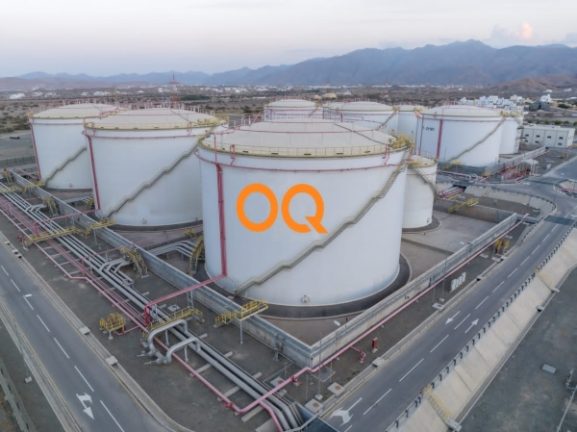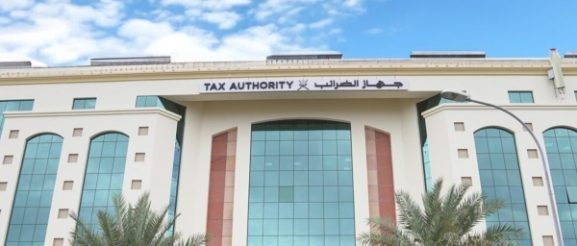Oman’s 2025 Economic Growth Forecast of 2.2%: Implications for Investors and Business Owners
MUSCAT: Oman’s economy is projected to grow by 2.2% in real terms by the end of 2025, an increase from 1.7% in 2024, according to the Ministry of Economy’s report titled “Economic Forecasts for 2025.” This growth marks the conclusion of the Tenth Five-Year Plan.
Inflation is expected to remain around 1.3%, staying within the plan’s target range due to government subsidies and stable global commodity prices. The Gross Domestic Product (GDP) at constant prices is anticipated to rise from RO 38.3 billion in 2024 to RO 39.2 billion by the close of this year, buoyed by a 1.3% recovery in oil activities. The contribution of oil to the GDP is projected to grow to RO 12 billion, while non-oil sectors are expected to see 2.7% growth, contributing RO 28.6 billion.
Looking forward, growth is set to continue through 2026 and 2027, propelled by strategic projects and increased oil production. However, the International Monetary Fund (IMF) has downgraded its 2025 global growth forecast from 3.3% to 2.8%, citing rising protectionism and demand shifts. The IMF has also reduced growth projections for advanced economies to 1.4% and for emerging markets to 3.7%, largely due to declining Chinese exports, real estate challenges, and weak consumption.
Despite these global concerns, the Middle East and North Africa (MENA) region retains a relatively positive outlook, with regional growth expected to reach 3% in 2025, driven by recovering economies within the Gulf Cooperation Council (GCC) and expanding non-oil investments in diversification and renewable energy.
Trade policy changes in the United States pose potential risks. Washington’s plans for a 10% tariff on all imports and additional "reciprocal" duties on approximately 90 countries may disrupt global trade flows. While GCC states are likely to experience minimal direct impact, indirect consequences like supply chain disruptions and oil price volatility could pose challenges.
For Oman, the United States remains a crucial trading partner, historically maintaining a trade surplus with the U.S. except during the years 2020-2022. New global tariffs could indirectly affect Oman through shifts in partner markets and weaker global oil demand. Additionally, rising inflation in the U.S. may slow interest rate cuts, potentially heightening imported inflation for Oman.
Nevertheless, Oman’s strategic location, its strong infrastructure, and the presence of free zones position it well to capitalize on shifting global supply chains. An increase in re-exports and foreign investment in economic zones is likely, particularly as European companies reevaluate their operations in light of impending tariff changes. — ONA
Special Analysis by Omanet | Navigate Oman’s Market
Oman’s expected 2.2% GDP growth by 2025 signals a robust recovery, particularly in the non-oil sectors, creating opportunities for diversification and investment. However, potential risks from US trade policies could disrupt global supply chains and affect oil demand, making it crucial for smart investors to remain agile and leverage Oman’s strategic location and infrastructure to attract foreign investment. As global dynamics shift, entrepreneurs should position themselves to capitalize on emerging market trends while preparing for possible volatility.


